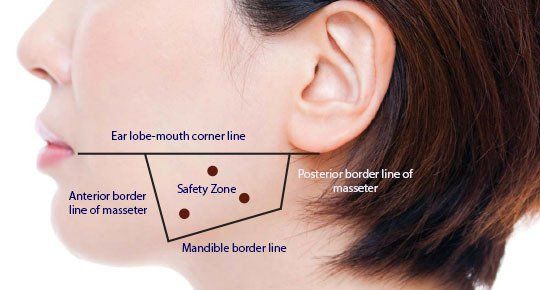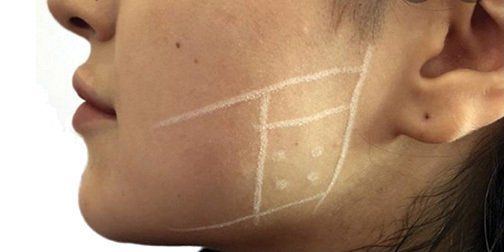Treatment of Myofascial Pain with Neuromodulators
Dr. Mizrahi explores the therapeutic use of neuromodulators in the treatment of myofascial pain
Myofascial pain is attributed to the overuse of the muscles of mastication, primarily the masseters and the temporalis muscles. Chronic overuse results in myositis, or inflammation of the muscle, which leads to continuous pain and discomfort. It can also lead to hypertrophy of the muscles, producing a widened square posterior jaw contour.
The use of neuromodulators for treatment of myofascial pain is becoming increasingly popular.
Neuromodulators (such as Botox or Jeuveau) function primarily by inhibiting the release of acetylcholine at the neuromuscular junction, effectively limiting the muscle from functioning to its fullest extent. This forced relaxation of the muscle provides pain relief for the patient if dosed correctly and injected appropriately.
Identifying pain origin
Prior to treatment with neuromodulators, it should be verified that the patient’s pain is myofascial in nature, and not arthrogenic. Arthrogenic temporomandibular disorders, which originate from within the joint itself, include issues such as disc displacement, perforation, or other intracapsular pathology. Evaluation and treatment for the two differ greatly. If an arthrogenic source of pain is suspected, an MRI may be indicated to visualize the position and condition of the disc, and the treatment is often more surgical in nature.
Patient history
A thorough history and physical examination should be completed. Patients should be asked about any history of trauma, bruxism, constant headaches, pain that is worst in the morning, and inability to chew hard foods. Methods they have attempted to use to control their pain should be discussed. A physical examination evaluates maximum incisal opening, deviation on opening, protrusive and excursive movements, audible or palpable clicking or popping of the joint, and palpation of the temporalis, temporalis tendons, and masseters. Palpating for trigger points in these muscles usually elicits a response from the patient if the source of pain is myofascial.
Effective adjuvant therapy
Conservative treatment recommendations for myofascial pain include maintaining a soft diet, using warm compresses, and the use of an occlusal guard. Pharmacologic treatment may include the use of non-steroidal anti-inflammatory drugs or tricyclic antidepressants. Neuromodulators are a good adjuvant therapy in situations where conservative and pharmacologic treatment measures have failed to relieve myofascial pain.
Injection site planning
To determine where to inject the masseters, a line is drawn from the commissure of the lip to just below the tragus. Another horizontal line is drawn several millimeters below the first. Then two vertical lines are drawn, surrounding the bulk of the masseter muscle. Trigger points are palpated and marked, usually about four sites per masseter muscle. The neuromodulator is injected in doses of 5-10 units per site. Approximately 20-30 units are generally placed per masseter muscle, though dosing is adjusted based on clinical exam and the desired end goal (Figure 1, 2).


To mark out the area of the temporalis, the patient is asked to clench and is palpated for trigger points. Approximately 3-5 units per site are generally injected.
Patients should be given a follow up appointment at two weeks to determine whether additional treatment may be indicated. Patients return for follow-up again at three to four months as their neuromodulator wears off, and may require additional treatment at that time.
Potential complications are avoided by paying careful attention to the facial anatomy, and avoiding inadvertent injection into unintended muscle groups. For example, injecting too superiorly can lead to an asymmetric smile, which will return to baseline as the neuromodulator wears off.
Cosmetic applications
Injection of the hypertrophic masseter muscles with neuromodulators can also be used for jawline recontouring. It is injected in the same fashion, but varying doses and different intervals may be required to achieve the cosmetic result the patient is seeking.
Neuromodulators are an effective treatment for myofascial pain, and are useful to offer to patients in conjunction with the standard conservative treatments. ■
